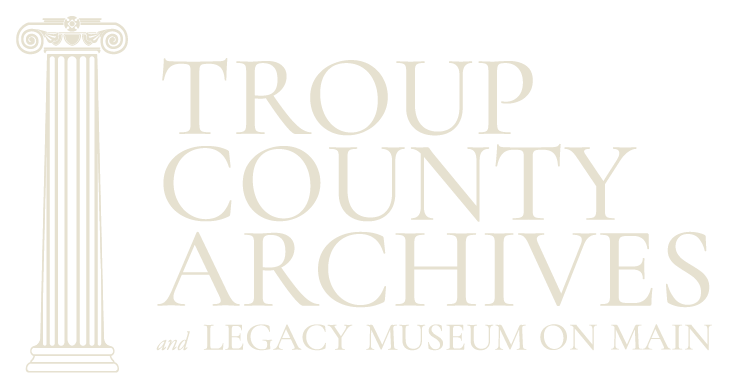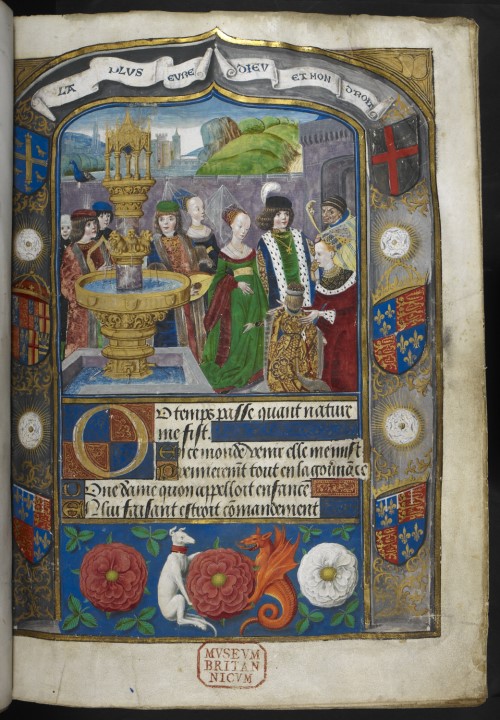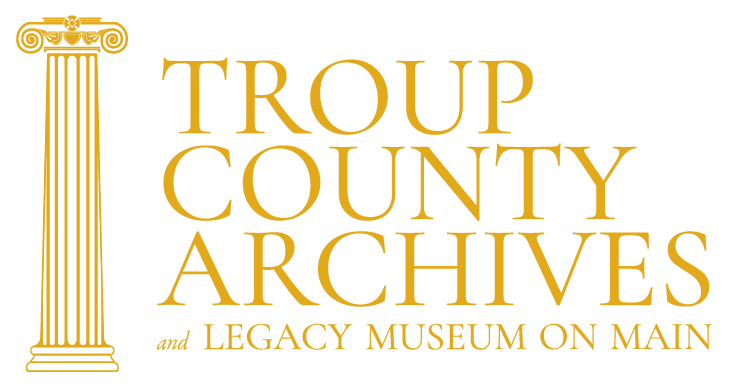Hanukkah, the Jewish festival of lights, is observed this year from December 25th through January 2nd. The celebration commemorates the rededication of the Second Temple in Jerusalem during the Maccabean Revolt, in 164 B.C.

Simon Maccabeus aka Simon Thassi, d. 135 BC, prince of the Hebrew Hasmonean Dynasty and high priest. After the painting by Margaret Dovaston (1884-1954). From Hutchinson’s History of the Nations, published 1915.
Jewish immigrants, though few in number, have played an integral part in Troup County’s history since the earliest days of our county. In the nineteenth century, poverty, social turmoil, or compulsory military service, induced thousands, especially young men, to seek a better life in America. Most early immigrants, including the Hagedorns, Herzbergs, Heymans, and Merzs, came from what is today Germany, but others, notably the Goldsteins, Struletzs, and Edelsons came from Russia around the turn of the twentieth century.
Zachariah Hagedorn was, for many years, one of West Point’s leading merchants. He was affiliated with J.J. Hagedorn Company and was a founder of West Point Wholesale Grocery Company. Shortly before his death in 1912, Mr. Zach dictated a memoir to his daughter, Esther. The Chattahoochee Valley Historical Society published the memoir in their newsletter of September, 1983, and we share excerpts here because Mr. Hagedorn’s story is typical of many of Troup’s Jewish immigrants.
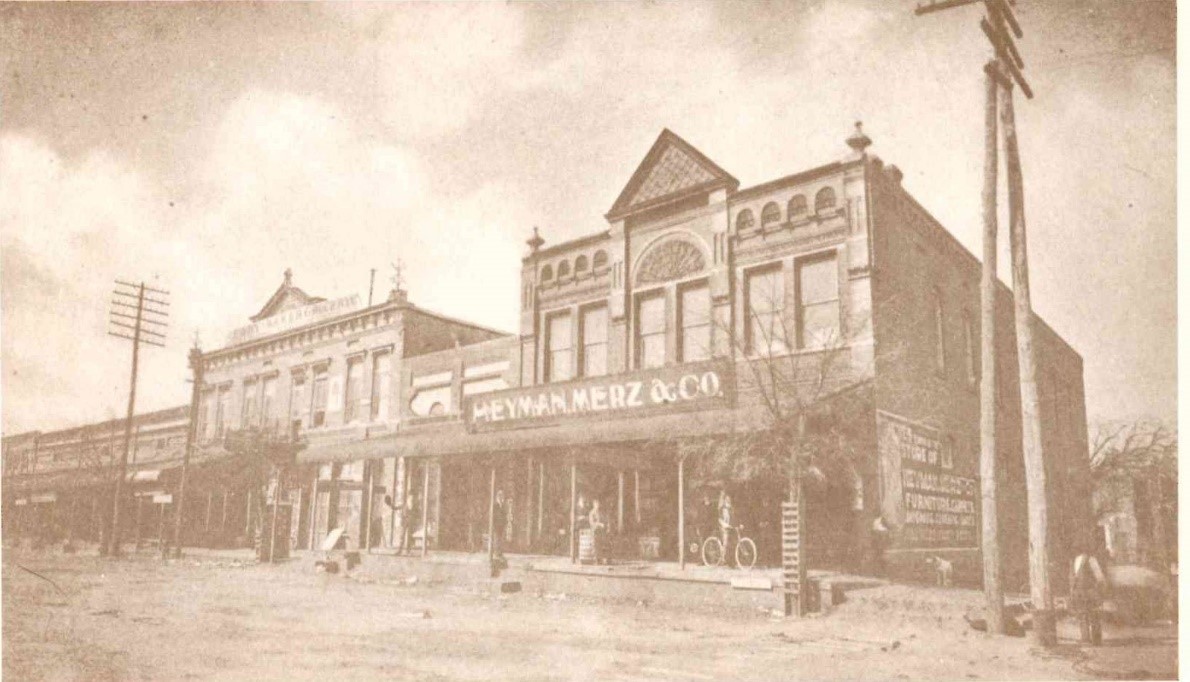
Temple Beth-El
Point University
I was born in the village of Giershagen, in the province of Westphalia, in the Kingdom of Prussia, on the 18th of April 1856. My father’s family consisted of nine children, five girls and four boys. I am the oldest of the sons. My father was a man of very limited means. For this reason, we suffered inconveniences and hardships many times. I attended the village school until age eleven, when I was sent for two years to attend a Hebrew school at Padberg, about three miles from my home. After two years’ schooling here, I was confirmed, as is the religious custom, at the age of thirteen. This would have practically finished my education because of my father’s financial condition, but my Grandmother Hagedorn, daughter of a celebrated Rabbi, realizing that something must be done to give me further advantages, sent me to high school for one year, defraying the expenses herself. After the expiration of one year at high school my education was called to a halt and I was forced to go home. I was fourteen years old, and it was decided that I go to America immediately, from where I could furnish financial assistance to my father much sooner than in Germany. My father borrowed the money to pay my passage and I walked sixteen miles to the county seat at Berlau to obtain a passport. On the 15th day of October, 1870, I, in company with several other young boys of similar age, sailed on the steamship Deutchland from Bremen Harbor. The voyage across the Atlantic was very rough. We were on the boat sixteen days. We landed in New York on November 1st 1870. It seemed a grand sight, wonderful and pleasing, especially to one who was anxious and glad again to see terra firma. My cousin, Moses Hagedorn, and I set out for Philadelphia, to the homes of my uncles, John and Isaac Hagedorn. It was resolved that we two boys go with Uncle Isaac, who sent us out peddling. We started out, each carrying about $50 worth of notions on our backs. These goods were bought on credit and I thought it was just fine for a fellow who had nothing to have a credit of $50 already. The first few times, I stayed out only two or three days simply because I was very homesick. After that I stayed until I was pretty well sold out and came in to replenish my stock. I soon had my little stock paid for and money enough to send back to my father to repay my traveling expenses across the ocean. All of this happened in Pennsylvania where climatic conditions are severe. I marched each day in freezing weather. About one and one half years later, Uncle John Hagedorn entered into a partnership with Mr. Wolfe at West Point, Georgia, and he asked me to go to West Point as his representative. I was then seventeen years old.

Heyman – Merz and Company
Chattahoochee Valley Historical Society
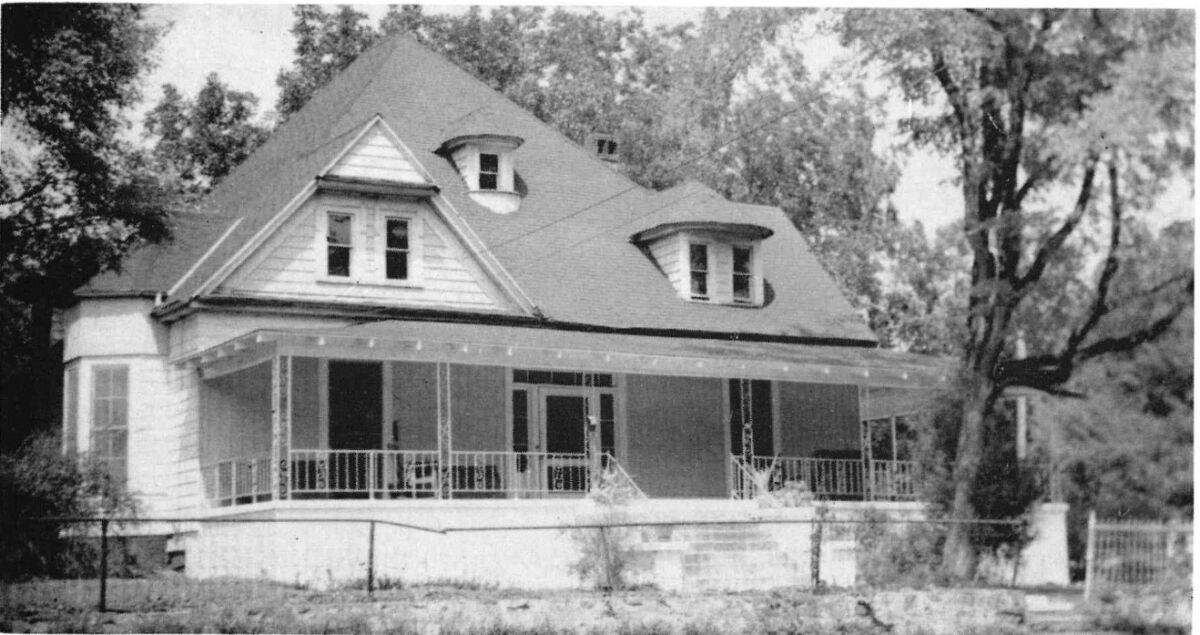
Heyman House
Katherine Hyde Green
Pine Log and Greek Revival
Zach Hagedorn, his cousin Phillip, and his uncles, Isaac and John, established themselves in West Point’s growing Jewish community in the early 1870s. Around the turn of the twentieth century, when Lanett was still known as Bluffton, several Jewish families built homes along what was then Heyman Street; now North 14th Street in Lanett. Heyman Heyman (sometimes identified as Herman Heyman) was among the first Jewish immigrants to Troup County, settling here in 1854, when the railroad between Atlanta and Montgomery was completed. With his partner, Louis Mrez, he operated a mercantile business in West Point. Heyman married Louis’s sister, Betty, and eventually settled on what would become known as Heyman Street. On October 31, 1883, in a double wedding ceremony at the Heyman home, their daughter, Lula married Phillip Hagedorn, and daughter, Jennie, married Zach Hagedorn. Zach and Jennie Hagedorn became parents of seven daughters and one son. Zach died on July 4, 1912, shortly after dictating his memoir. Jennie moved to Montgomery in 1914, to be near some of her grown children. She died in 1968, at age one hundred-seven. She always maintained close ties to West Point and the Valley, taking special interest in Temple Beth-El.
Heyman Heyman, along with Daniel and Louis Merz, Jacob Freisleben, and Ansel Stern, formed the nucleus of the first Jewish congregation. For more than fifty years, the congregation met in the homes of various members. Visiting rabbis came to town for special occasions and to conduct services on the high holy days. Rabbi David Marx dedicated Temple Beth-El in 1909. The congregation, and their gentile neighbors, subscribed the three thousand dollars that it cost to erect the building on land donated by Mrs. Betty Merz Heyman. Marx traveled from Atlanta to conduct monthly services, until he retired in 1946. Rabbi Eugene Blachschlager of Montgomery and Rabbi Alfred Goodman of Columbus continued the monthly services until the congregation disbanded in 1977.
